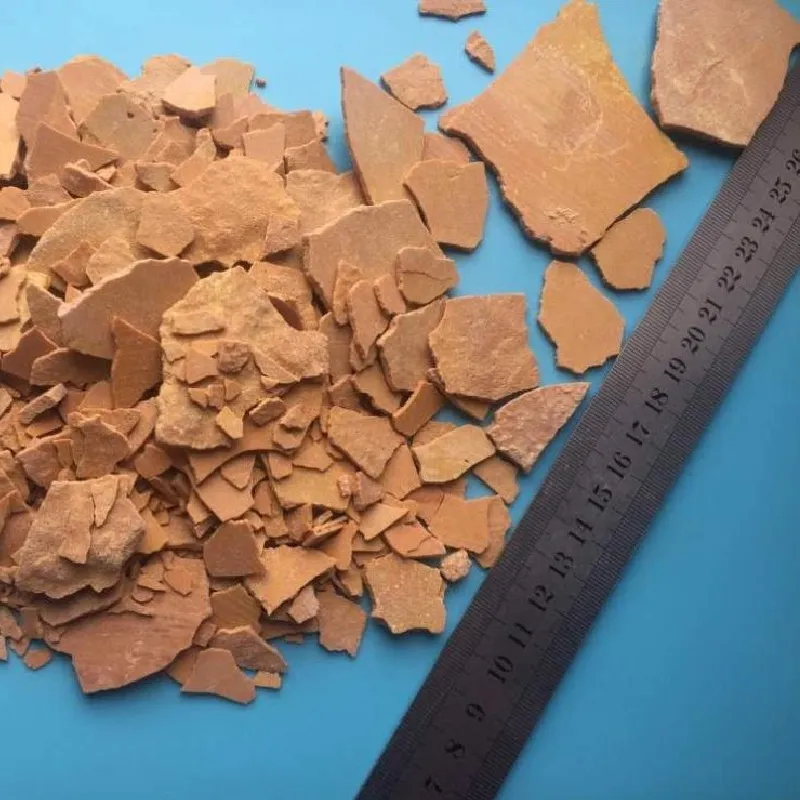
Exploring the Benefits of Greensand Fertilizer for Healthy Plant Growth and Soil Improvement
Understanding Greensand Fertilizer A Sustainable Option for Your Garden
In the realm of organic gardening and sustainable agriculture, growers are increasingly turning to natural amendments to boost soil health and enhance plant growth. One such amendment that has gained popularity is greensand fertilizer. Originating from ancient marine deposits, greensand is a natural mineral rich in essential nutrients and beneficial properties that contribute to soil improvement and plant vitality.
Greensand is primarily composed of glauconite, a green mineral that forms from the weathering of marine sediments. Its unique composition renders greensand an excellent source of potassium, iron, magnesium, and a variety of trace minerals. These nutrients are vital for various plant functions, including photosynthesis, water retention, and overall growth.
One of the most significant benefits of greensand fertilizer is its ability to improve soil structure. When incorporated into the soil, it helps enhance aeration and drainage while increasing moisture retention capabilities. This is particularly important for sandy or poorly draining soils, where water conservation can be a challenge. Greensand acts like a sponge, retaining moisture and releasing it slowly to plant roots, thereby creating a balanced environment for healthy plant development.
Additionally, greensand is known for its slow-release properties. Unlike synthetic fertilizers that can provide a quick nutrient boost but often lead to nutrient run-off and soil degradation, greensand releases its nutrients gradually over time. This slow-release characteristic minimizes the risk of nutrient leaching and ensures that plants receive a steady supply of essential elements throughout their growth cycle.
greensand fertilizer

Another remarkable aspect of greensand is its role in promoting microbial activity in the soil. A healthy soil ecosystem is crucial for plant growth, and greensand fosters the development of beneficial microorganisms. These microbes help break down organic matter, making nutrients more available to plants while also contributing to soil fertility. The presence of these microorganisms can enhance the soil’s ability to suppress diseases, reducing the need for chemical interventions.
In addition to its nutritional benefits, greensand fertilizer is also environmentally friendly. It is a renewable resource that can be sustainably harvested, making it an excellent choice for gardeners who prioritize eco-friendliness in their cultivation practices. By incorporating greensand into the garden, growers can support a sustainable cycle of nutrient replenishment while promoting biodiversity.
Applying greensand is straightforward. It can be worked into the soil before planting, sprinkled on the surface as a top dressing, or mixed with compost to enhance nutrient value. Typically, a rate of 30-50 pounds per 1,000 square feet is recommended, depending on soil conditions and specific plant needs. Given its natural composition, greensand is safe to use around vegetables, fruits, and flowers, making it a versatile addition to any garden.
In conclusion, greensand fertilizer stands out as a holistic option for both amateur gardeners and professional growers. With its rich nutrient profile, soil-enhancing capabilities, and environmentally friendly nature, greensand is an exceptional choice for fostering healthy plants and a vibrant garden ecosystem. By embracing this natural amendment, gardeners can cultivate more resilient plants while nurturing the earth beneath them. Whether you are starting a new garden or looking to improve an existing one, consider adding greensand to your gardening regimen for sustainable and bountiful growth.
-
Pure Sodium Dichloroisocyanurate Dihydrate | Powerful DisinfectantNewsAug.29,2025
-
Industrial Chemicals: Quality & Purity for Every IndustryNewsAug.28,2025
-
Nitrile Rubber Honoring Strict Production StandardsNewsAug.22,2025
-
Aspartame Ingredients Honoring Food Safety ValuesNewsAug.22,2025
-
Fertilizer for Balanced Plant NutritionNewsAug.22,2025
-
Cyanide Gold Processing with High Purity AdditivesNewsAug.22,2025
-
Formic Acid in Textile Dyeing ApplicationsNewsAug.22,2025
Hebei Tenger Chemical Technology Co., Ltd. focuses on the chemical industry and is committed to the export service of chemical raw materials.
-

view more DiethanolisopropanolamineIn the ever-growing field of chemical solutions, diethanolisopropanolamine (DEIPA) stands out as a versatile and important compound. Due to its unique chemical structure and properties, DEIPA is of interest to various industries including construction, personal care, and agriculture. -

view more TriisopropanolamineTriisopropanolamine (TIPA) alkanol amine substance, is a kind of alcohol amine compound with amino and alcohol hydroxyl, and because of its molecules contains both amino and hydroxyl. -

view more Tetramethyl Thiuram DisulfideTetramethyl thiuram disulfide, also known as TMTD, is a white to light-yellow powder with a distinct sulfur-like odor. It is soluble in organic solvents such as benzene, acetone, and ethyl acetate, making it highly versatile for use in different formulations. TMTD is known for its excellent vulcanization acceleration properties, which makes it a key ingredient in the production of rubber products. Additionally, it acts as an effective fungicide and bactericide, making it valuable in agricultural applications. Its high purity and stability ensure consistent performance, making it a preferred choice for manufacturers across various industries.





